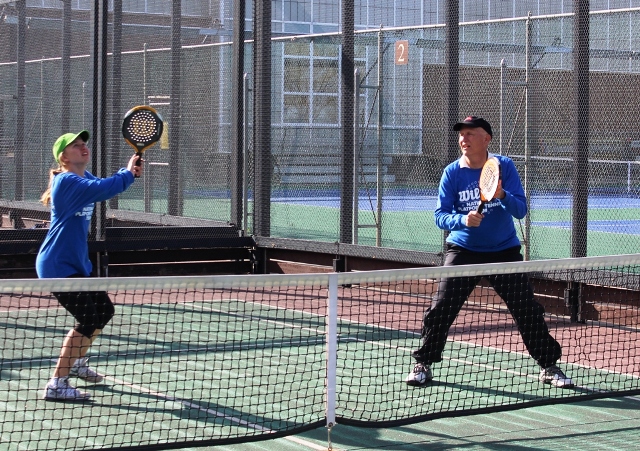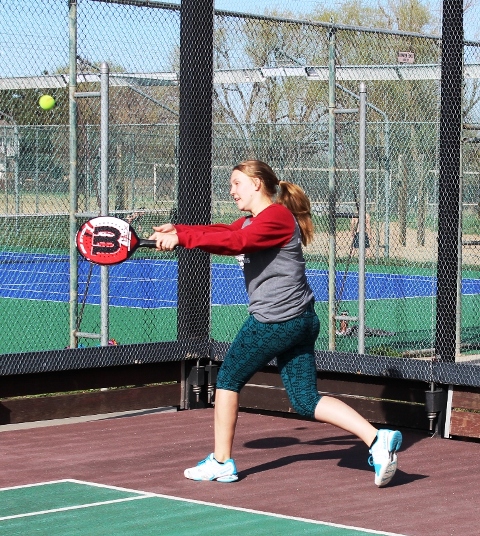As August draws to a close, most volleyball club tryouts have come and gone. Players have been assigned to teams and they are anxiously waiting for practice to start in November. Volleyball has experienced rapid growth over the past ten years – that is the good news. On the other hand there aren’t enough qualified coaches to support the growth, particularly in Colorado.
This post focuses on parent and player concerns with volleyball club coaches. It can be compared with a previous post that emphasizes the qualities of strong programs and coaches. A comparison of both the positive and negative perceptions of club coaches illustrates the impact coaches have on parents, the players, their team, and their club.
The list of parent and player concerns follows:
• Weak coaches appear to be lost on the court. The kids don’t respond to the drills, they get bored and stop paying attention. Once they have lost focus the practice spirals downward.
• A lot of meaningless chatter comes from poor coaches. Because nothing of value is shared with the players, they tune out the coach five minutes into practice.
• Too many coaches think that just because they were a good player that they will automatically be a good coach. It takes a lot of work to become a good coach.
• Teams with weak coaches stand out like sore thumbs. The players don’t talk to each other during the warm-ups. Even though they may be trying hard, they look like they are struggling to go through the motions. On the other hand, well-coached teams walk and talk like winners on and off the court.
• Idle hands are the devil’s workshop. When practices are not well-organized the players have time to get in trouble. They gossip, goof around, and next thing you know someone gets hurt or players become mad at each other.
• Poorly coached teams play the blame game. You can spot hateful gestures and the negative body language from two courts away.
• Bad coaches punish players for making mistakes. The server doesn’t need a coach to point out that she missed her serve in the net – everyone the gym knows it. A good coach will find a way to help that same player hit the ball in the court next time she serves. I have yet to meet a competitive athlete who erred on purpose. Don’t coaches realize that?
• Weak coaches often have unusual starting lineups, rotations, and substitution patterns. At times it seems that some parents have paid extra to have their kids in the lineup.
• Young coaches talk way too much. They feel obligated to comment on everything that happens. For example, a team had an enthusiastic young assistant coach. The players were always upbeat at the start of the tournament. After the first huddle a few players lost their edge. As the competition progressed the team became more downtrodden. When a father queried his daughter about this she said the assistant coach began every team discussion by saying, “Now girls, if you want to win, you have to do this, you have to do that and you have to stop doing this and that.” The coach was toxic. The criticism went on ad nauseam. Even if the team ended the day as winners, they were so beat up by her negative talk that they looked and felt like they had lost every match. The following season, only two of the ten players returned – and one of them was a coach’s daughter.
• Then there was the young coach who summed up the qualifications of her peers, “The coaches in this club suck. I have tried to help them improve, but they don’t listen to me because I’m a woman. I can’t wait to start my own club so I don’t have to deal with them.” While her assessment was correct and she was rightfully frustrated, she lost credibility every time she shared her opinion.
• The club’s weakest coach appears to keep his job because he has access to the keys at a local school where the team practices on Tuesdays.
• The purpose of holding practices is to help the players improve their skills. Too many coaches view the team practice as a time for them to get their workout. Too often the coaches touch the ball more frequently than any of the players.
• Two parents watched a veteran coach “help” his young team with their serves. After each player had a chance to hit one serve, the team had to run a lap for every missed serve. The players with good serves were punished because the coach couldn’t teach their teammates how to serve. The performance of the team got worse the longer the team did the drill. Afterwards the parents told the coach, “What was the purpose of that drill? You didn’t improve their serves by having them run laps. They are two different skills”. His response was, “Running laps motivates them to serve better and it is good conditioning. This is a popular serving drill used by all the clubs.”
• One of my pet peeves is coaches whose behavior is different in practices and competition. For example, a team had a coach who encouraged the players to go for their serves in practice but then told them to just get it in during tournament matches. The coach seemed fun-loving in practice, but yelled at the girls when they made errors in the game. They didn’t know if their coach was Dr. Jekyll or Mrs. Hyde. Their confusion about how to react to his multiple personalities was reflected in the way they played in competition.
• Some adults shouldn’t be allowed to coach. A team had an assistant coach who wanted her daughter to be the setter and she convinced the head coach that was a good idea. The fact that the team had an excellent setter and her daughter had never set before was irrelevant. The experiment resulted in a wasted season for everyone, including the assistant coach’s daughter. The only legitimate setter quit the team once the coach announced her decision. By the time the season was half over, everyone (parents and teammates) hated the coach, the assistant coach, and her daughter.
• The worst coach at a local club informally classified her players as “natural athletes” and klutzes. The “natural athletes” had an inflated impression of their skills and the klutzes were convinced they would never be able to do anything right. As a result, nobody was challenged and nobody improved that season. The coach didn’t understand that the key to improvement is working hard.
• One season a young coach was challenged by a group of parents for the way she coached defensive skills. The remainder of the season she focused on showing the parents and the players who was boss. Helping the kids become better players was of secondary importance to her. She won the grudge match, but the club was the overall loser. All of the players on the team switched to different clubs the following season.
• A young coach focused her attention on the top six players of her team because they had better skills. Then, one tournament two of her top players got sick, one was injured, and another had a family emergency. Unexpectedly, she had to play four kids who she had not given a chance to play in practice or competition. The fans applauded the efforts of the weaker players while the young coach yelled at them for making errors. She acted as if it was their fault the top players were not available to play. Even after this situation the coach didn’t understand the importance of coaching all the players on the team.
• At an open gym a coach was asked to spend 20 minutes doing his favorite drill with a group of 20 kids. He selected two players and hit balls to them for two minutes while the other 18 players surrounded them in a circle and counted their passes out loud. After 20 minutes each player hit 5 to 10 balls, they stood around for 18 minutes and the coach hit several hundred balls. It was only fitting that the coach walked off the court dripping sweat and said to the parents on the sideline, “Gosh, the girls had a great workout!” On the other hand, the 20 players walked off the court and muttered under their breath, “That was a waste of time.” The coach was too busy trying to impress people to see that he was a loser as a coach.
As can be seen, a lot can go wrong on the court, even when coaches may be trying to do the right thing. It takes a lot of work to be a good coach.
There are some common themes in the concerns voiced by the parents and players.
• The negative impacts of a coach can last for a season (five to six months). When players quit the sport the impact of a bad coach lasts a lifetime.
• Just as there is a tendency for young players to make a lot of mistakes, there is a tendency for young coaches to make a lot of mistakes. It is essential for volleyball clubs mentor their coaches, especially the younger ones.
• Young coaches often talk too much. They can become better coaches by organizing their practices, using cues to more effectively provide feedback, and practice the timeout axiom (limit discussions during drill sessions to the length of a timeout – a maximum of 60 seconds). They must also learn to watch and listen. It is not necessary to comment every time a ball is hit or missed.
• Athletes learn by touching the ball. They don’t improve their skills when they are running laps.
• Communications is critical and the coach is responsible for making that communications happen – on and off the court.
• Most coaches have good intentions and they choose to coach a volleyball team as a labor of love. They are to be commended for their altruism.
• Club directors have an obligation to help coaches improve their coaching skills.
• Parents, players, and coaches are all part of the team.
Great coaches make it look deceptively easy. Over the years they have made lots of mistakes, but they have made a conscious effort to learn from them. Great coaches are successful because they are students of the game – for them the learning process never stops.









